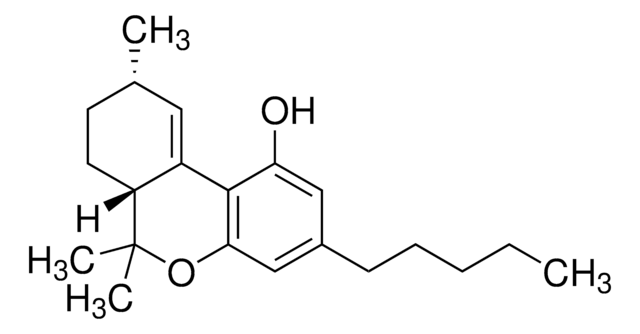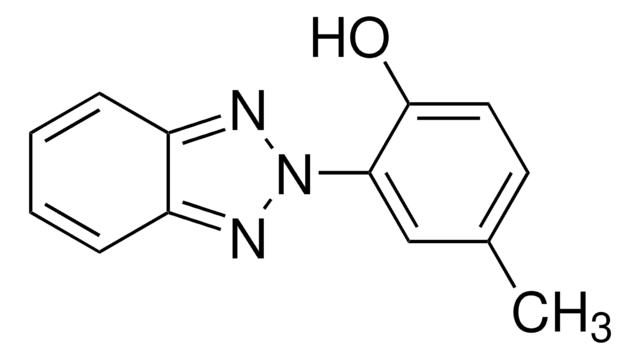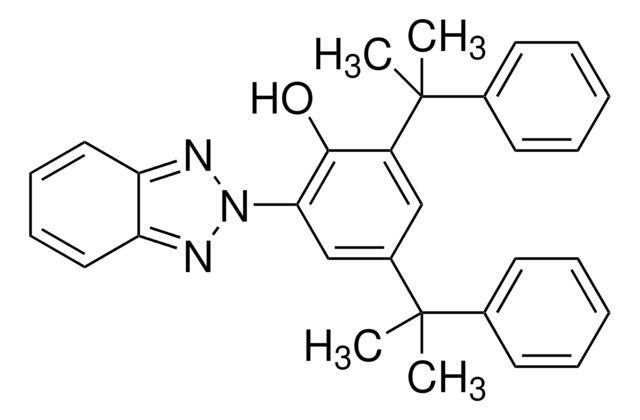86541
Testosterone propionate
tested according to Ph. Eur.
Synonyme(s) :
17β-hydroxy-4-androstène-3-one 17-propionate, 4-androstène même-17β-ol-3-one 17-propionate
About This Item
Produits recommandés
Agence
USP/NF
tested according to Ph. Eur.
Forme
solid
Contrôle du médicament
USDEA Schedule IIIN; regulated under CDSA - not available from Sigma-Aldrich Canada
Chaîne SMILES
[H][C@@]12CCC3=CC(=O)CC[C@]3(C)[C@@]1([H])CC[C@]4(C)[C@H](CC[C@@]24[H])OC(=O)CC
InChI
1S/C22H32O3/c1-4-20(24)25-19-8-7-17-16-6-5-14-13-15(23)9-11-21(14,2)18(16)10-12-22(17,19)3/h13,16-19H,4-12H2,1-3H3/t16-,17-,18-,19-,21-,22-/m0/s1
Clé InChI
PDMMFKSKQVNJMI-BLQWBTBKSA-N
Informations sur le gène
human ... AR(367) , CYP17A1(1586)
rat ... Ar(24208)
Vous recherchez des produits similaires ? Visite Guide de comparaison des produits
Description générale
Application
- to determine the effect of testosterone on the uptake of certain amino acids, such as isoleucine and α-(methylamino)isobutyric acid
- in a study to understand the effects of testosterone on brain aromatase activity in neonatal quail brain
- for testosterone treatment of Celf1 knockout mice in a study to investigate the upregulation of aromatase activity in association with hypogonadism
- to investigate the ontogeny of aromatase-expressing neurons in Japanese quail brain
- to study the effects of in vivo administration of testosterone propionate on fluid reabsorption in the efferent ducts of rat.
Actions biochimiques/physiologiques
Autres remarques
Mention d'avertissement
Danger
Mentions de danger
Conseils de prudence
Classification des risques
Acute Tox. 4 Oral - Aquatic Acute 1 - Carc. 2 - Repr. 1A
Code de la classe de stockage
6.1C - Combustible acute toxic Cat.3 / toxic compounds or compounds which causing chronic effects
Classe de danger pour l'eau (WGK)
WGK 3
Équipement de protection individuelle
Eyeshields, Gloves, type P3 (EN 143) respirator cartridges
Faites votre choix parmi les versions les plus récentes :
Déjà en possession de ce produit ?
Retrouvez la documentation relative aux produits que vous avez récemment achetés dans la Bibliothèque de documents.
Les clients ont également consulté
Notre équipe de scientifiques dispose d'une expérience dans tous les secteurs de la recherche, notamment en sciences de la vie, science des matériaux, synthèse chimique, chromatographie, analyse et dans de nombreux autres domaines..
Contacter notre Service technique











